Install Podman on Ubuntu 24.04 Server
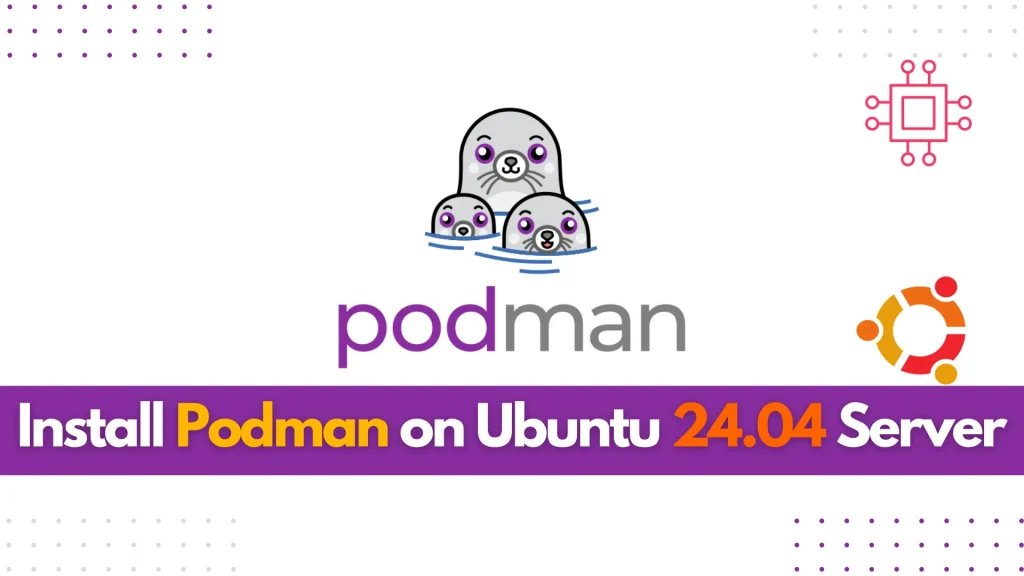
Learn how to install Podman on Ubuntu 24.04 Server with this comprehensive guide. Discover key features, essential commands, and troubleshooting tips to effectively manage your containers securely and efficiently. Perfect for developers and system administrators looking for a Docker alternative! Table of Contents Introduction Are you looking to harness the power of containers without the […]
30 Essential PostgreSQL Commands

Discover 30 essential PostgreSQL commands to enhance your database management skills. This comprehensive guide covers key commands, examples, and tips for efficient PostgreSQL use. Perfect for beginners and experts alike! Table of Contents Introduction PostgreSQL, an advanced and powerful open-source relational database system, offers a plethora of commands that are essential for database management. Mastering […]
Install Nice DCV on Ubuntu 24.04
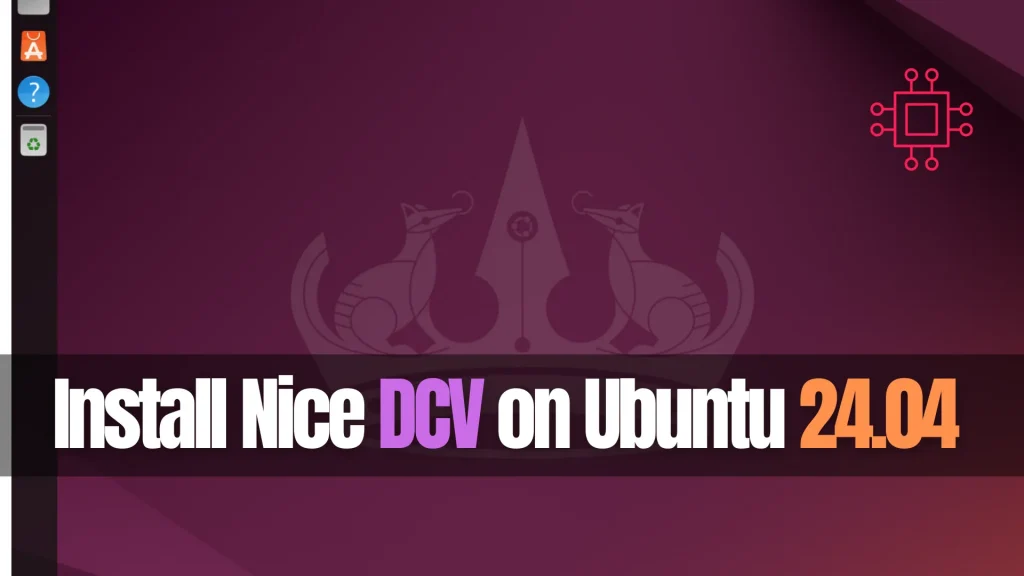
Learn how to install Nice DCV on Ubuntu 24.04 with this comprehensive step-by-step guide. Discover essential commands, configuration tips, and troubleshooting advice to optimize your remote desktop experience. Perfect for system administrators and developers! Table of Contents Introduction In this comprehensive guide, we’ll walk you through the installation of Nice DCV (Desktop Cloud Visualization) on […]
Recover Your Root Password in Ubuntu 24.04
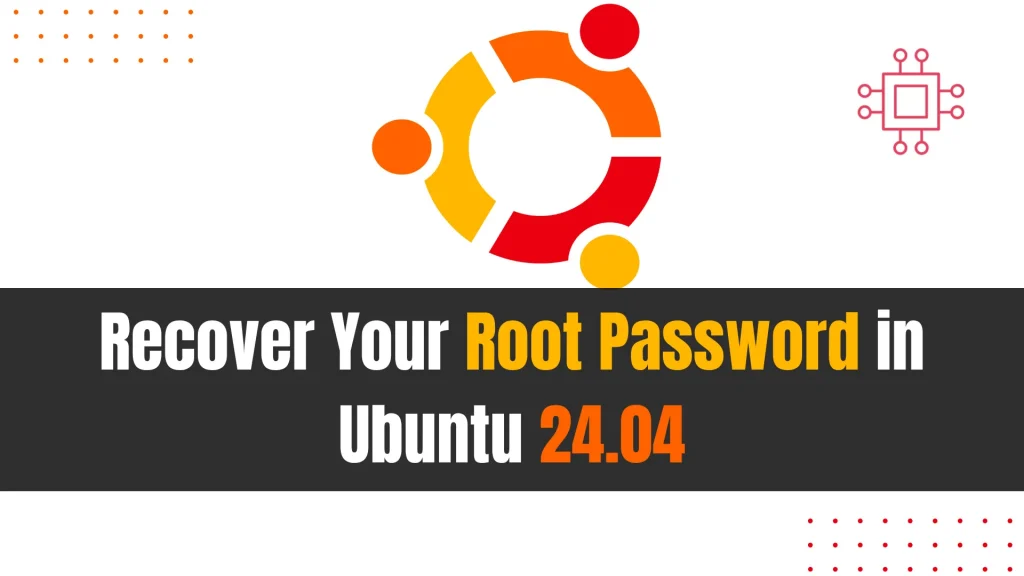
Learn how to recover your root password in Ubuntu 24.04 with this comprehensive guide. Follow step-by-step instructions for accessing recovery mode, resetting your password, and ensuring system security. Regain access to your system quickly and easily! Table of Contents 🔈Introduction If you’ve found yourself locked out of your Ubuntu 24.04 system due to a forgotten […]
Install Eclipse IDE on RHEL 9 | CentOS 9

Learn how to install Eclipse IDE on RHEL 9 and CentOS 9 with this comprehensive step-by-step guide. From setting up Java to launching Eclipse, get all the tips and troubleshooting advice you need for a seamless installation. Perfect for developers looking to enhance their coding environment! Table of Contents Introduction Eclipse IDE is one of […]
Implementing and Managing File Access Policy (FAP) in Linux
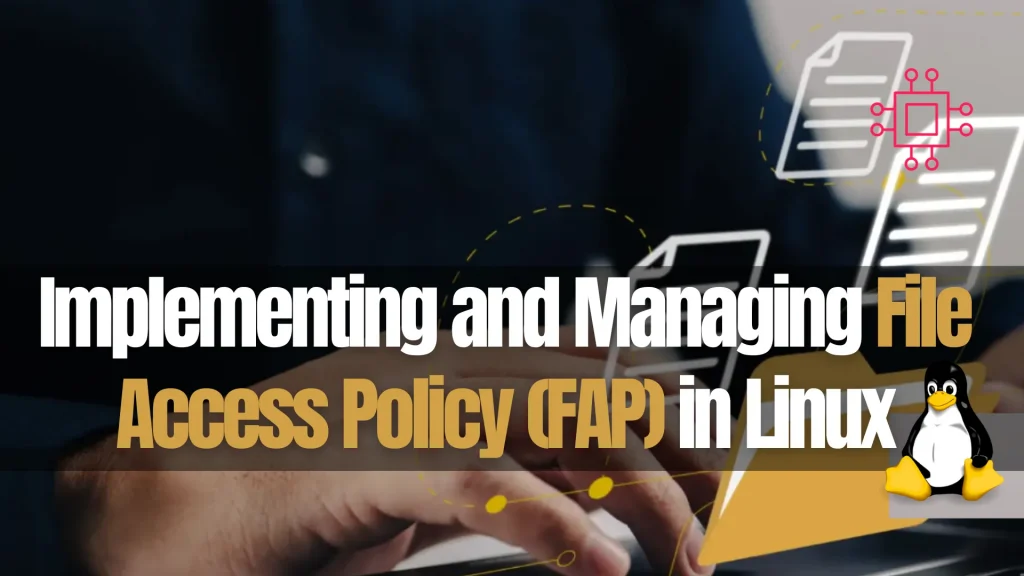
Learn how implementing and managing File Access Policies (FAP) in Linux enhances security. This guide covers permissions, ACLs, SELinux, and audit logs with commands and examples for comprehensive access control. Table of Contents Introduction Ensuring secure file access in a Linux environment is essential for preventing unauthorized data access and protecting system integrity. This guide […]
Installing LibreOffice on RHEL 9 | CentOS 9
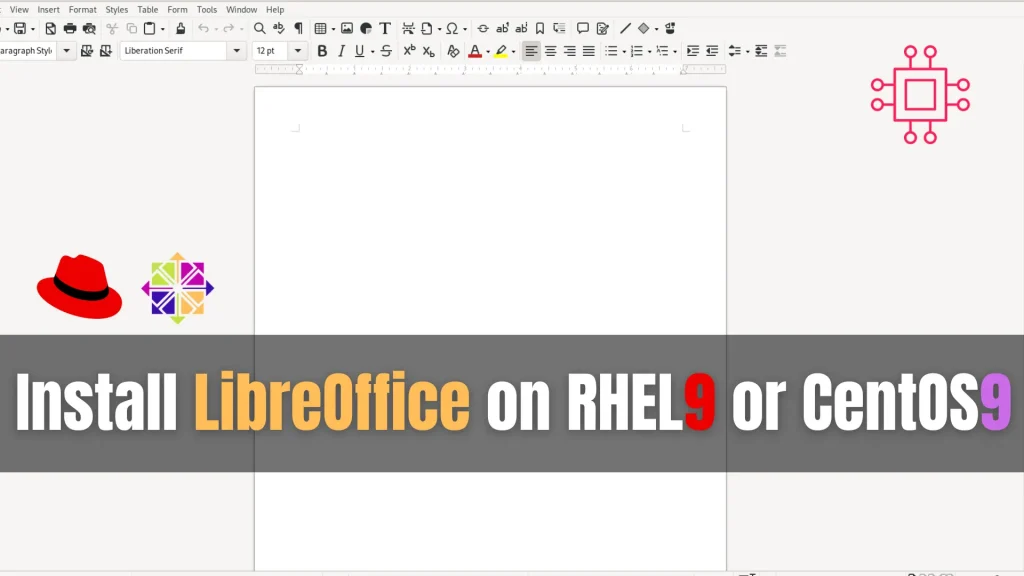
In this guide, we’ll walk you through the step-by-step process of installing LibreOffice on RHEL 9 or CentOS 9. Table of Contents Introduction Are you a Linux aficionado venturing into the newest release of Red Hat Enterprise Linux (RHEL 9) or CentOS 9, but encountering difficulties installing LibreOffice? Fear not! LibreOffice, the potent open-source office […]
Install and Configure PostgreSQL on RHEL 9 or CentOS 9

Learn how to install and configure PostgreSQL on RHEL 9 or CentOS 9 with our comprehensive step-by-step guide. Ensure your database is set up correctly for optimal performance with this easy-to-follow tutorial. Table of Contents Introduction PostgreSQL is a powerful, open-source relational database system that has earned a strong reputation for reliability, feature robustness, and […]
Install Deja Dup on Ubuntu 24.04

Learn how to install and configure Deja Dup on Ubuntu 24.04 with our step-by-step guide. Secure your data with automated backups, encryption, and more. Whether you prefer GUI or CLI methods, this comprehensive tutorial ensures your data’s safety and reliability. Table of Contents Introduction Data backup is an essential task for any computer user, and […]
Install PHP 8.3 on RHEL 9 | CentOS 9
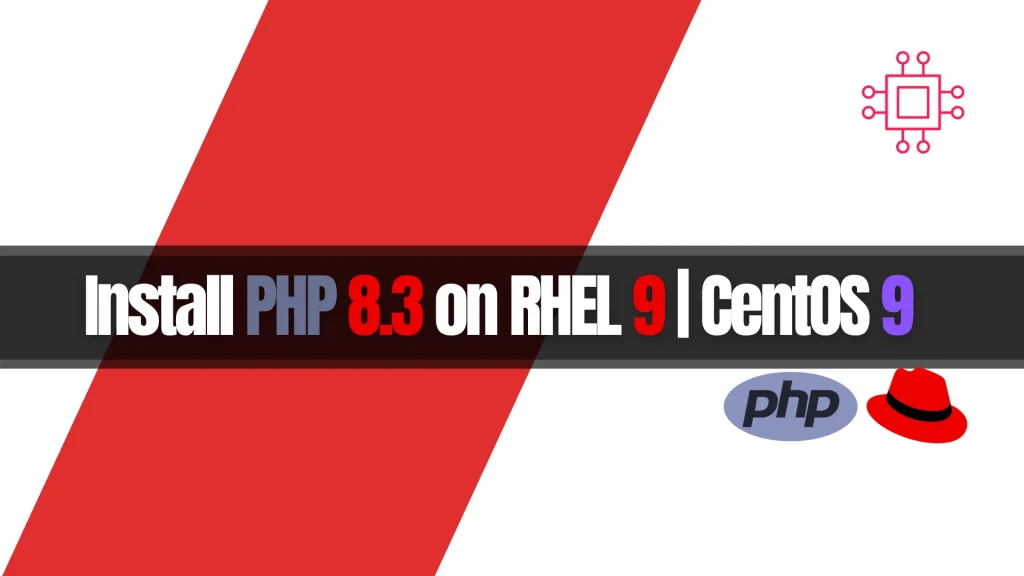
Learn how to install PHP 8.3 on RHEL 9 | CentOS 9 with step-by-step instructions. Enable repositories, configure Apache, and optimize your server for performance. Table of Contents Introduction In this comprehensive guide, we’ll walk you through the steps to install PHP 8.3 on Red Hat Enterprise Linux (RHEL) 9 and CentOS 9. Whether you’re […]
